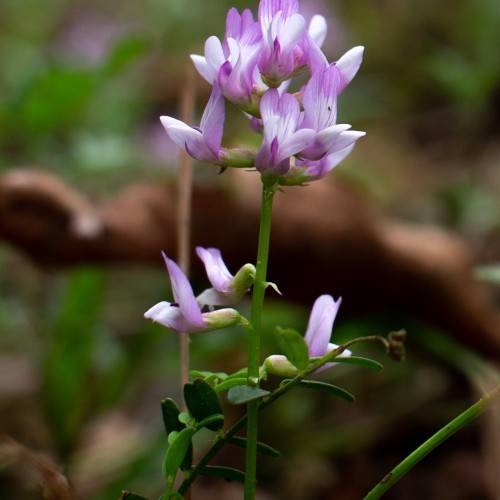
Williams' Milkvetch
Astragalus williamsii
Watering:
Minimal
Hardiness Zone:
Sun:
full sun,part shade
Leaf:
Yes
Growth Rate:
Low
Salt Tolerant:
Yes
Care Level:
Medium
watering
Water Santa Barbara Milkvetch plants regularly and deeply, but avoid over-watering. This species of plant is drought tolerant, so opt for occasional, deeper waterings rather than frequent, shallow ones. Aim to water newly planted Milkvetch twice a week for the first 2 months, then you can adjust to 1-2 times per month depending on the soil and climate conditions. As the plant gets established, it will become less reliant on frequent water. If the climate is particularly dry, you may need to water more frequently. In the hot summer months, Santa Barbara Milkvetch may need to be watered twice per month or more.
sunlight
The Santa Barbara milkvetch (Astragalus trichopodus var. lonchus) typically grows in full sun or partial shade. For optimum growth, the species should receive at least 6 to 8 hours of direct sunlight each day. This species is not very tolerant of full shade and will not grow if deprived of sunlight. Thus, it is advisable to provide the plant with bright sunlight, especially during the growing season, in order to maximize its health and growth.
pruning
Pruning Santa Barbara Milkvetch (Astragalus trichopodus var. lonchus) should occur twice yearly, in early spring and late summer. Pruning in spring should be done lightly, focusing on only 1 or 2 stems at a time. In late summer, the plant should be cut back by 1-third and all dead or damaged stems should be removed. Pruning in late summer helps keep the plant compact and promotes healthy growth the following year. However, it is important to avoid excessive cutting, as this can cause physical stress on the plant.
